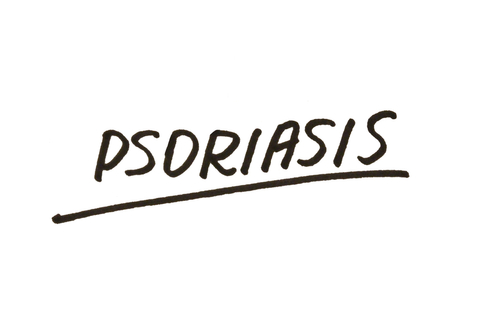
A study of real-world treatment and outcomes associated with ixekizumab found favorable efficacy in patients with psoriatic arthritis (PsA). The study was published in ACR Open Rheumatology.
Ixekizumab is a monoclonal antibody targeting IL-17A that is approved for the treatment of adults with active PsA. For this study, the investigators assessed the characteristics and clinical status of patients with PsA who were prescribed ixekizumab. Data were collected from the Adelphi PsA Plus Disease Specific Programme, which included information from rheumatologists and patients between September 2021 and March 2022. Enrolled rheumatologists reported demographic and clinical characteristics, disease severity, treatment history, reasons for and satisfaction with current treatment, and historic symptom burden. Patients completed questionnaires regarding their perception of symptom burden and treatment satisfaction.
Rheumatologist Prescribing Data
Sixty-eight rheumatologists reported data for 275 patients, of whom 90 completed the questionnaire. The average time since PsA diagnosis was 3.7 years. The mean length of ixekizumab prescription was 11.7 months. The most commonly reported starting dose was 160 mg once monthly (26%), followed by 80 mg once per month (22%), 80 mg every 2 weeks (20%), and 160 mg every 2 weeks (12%). After 12 weeks, 67% of patients were prescribed ixekizumab at 80 mg once monthly and 13% were prescribed 80 mg once every 2 weeks.
Among reasons for ixekizumab prescription, the most reported among rheumatologists were “effectiveness” (67%), “fast onset of action” (44%), “favorable safety profile” (39%), and “familiarity and/or experience with the drug” (35%). Twenty-three percent reported that the presence of moderate to severe psoriasis was one of their reasons for selecting ixekizumab.
PsA Symptom Improvement
Rheumatologists reported significant improvements in the proportion of patients experiencing PsA symptoms over the course of treatment with ixekizumab. The mean number of overall symptoms decreased from 5.8 at initiation of treatment to 3.4 at the most recent consultation (P<.001). The mean tender joint count decreased from 12.3 to 2.9 between initiation and most recent consult (P<.001). The mean swollen joint count also decreased, from 10.3 to 3.0 (P<.001). Ixekizumab significantly improved psoriasis severity, with the mean psoriasis-affected body surface area decreasing from 14.8% to 3.7% (P<.001).
Treatment was also associated with reductions in disease severity. At baseline, 2% of patients were classified as having mild PsA. Between 3 and 6 months of treatment with ixekizumab, 83% of patients were classified as having mild disease severity. This result was maintained through 12 months in 81% of patients. Both patient and physician satisfaction with treatment were high; for physicians, satisfaction was greater than 90% from 3 months after treatment initiation and sustained through last consultation, and satisfaction rates were 97% in patients at last consult.
In summary, “The results of this cross-sectional real-world study showed that rheumatologists and their patients with PsA reported significantly improved outcomes following ixekizumab treatment relative to those reported at the initiation of their treatment, confirming previously published findings from clinical trials and real-world studies,” the authors wrote. They acknowledged several limitations, including selection bias and recall bias due to the nature of the survey for rheumatologists and patients. Additionally, data were not collected from dermatologists who typically manage psoriasis-related symptoms.







 © 2025 Mashup Media, LLC, a Formedics Property. All Rights Reserved.
© 2025 Mashup Media, LLC, a Formedics Property. All Rights Reserved.